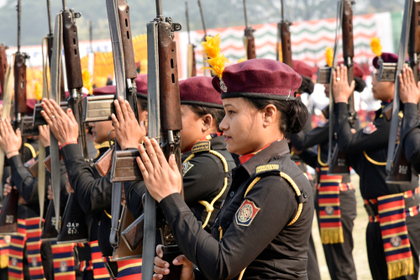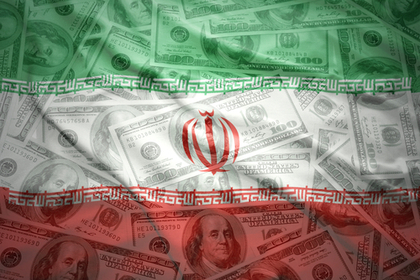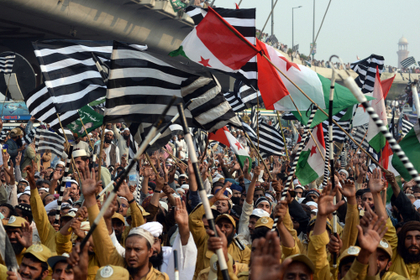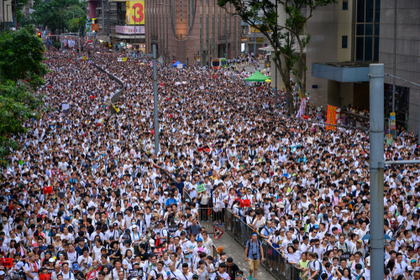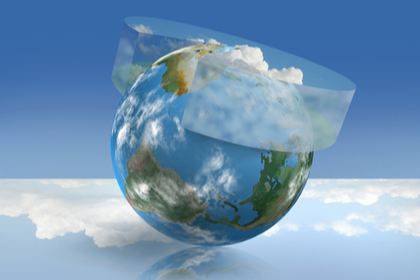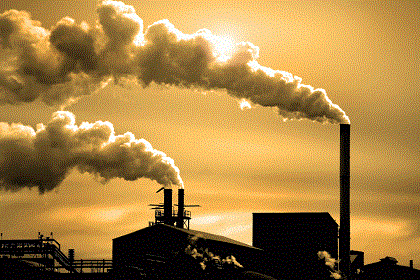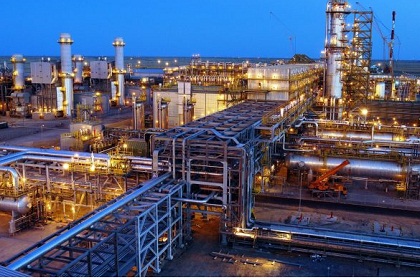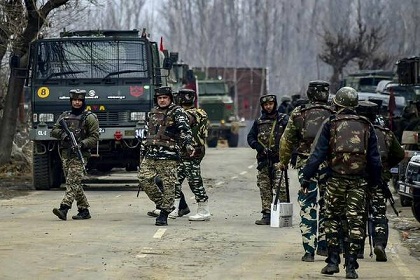Women power the armed services
A milestone on gender parity in the Indian armed forces was reached this week, when a woman IAF officer was assigned to train as an active flyer for the Rafale Jet fighter aircraft. This along with the recent announcement by the Indian Navy that two women officers will work on Naval warships as part of the ship's crew, will certainly expand women's participation in the armed forces.

